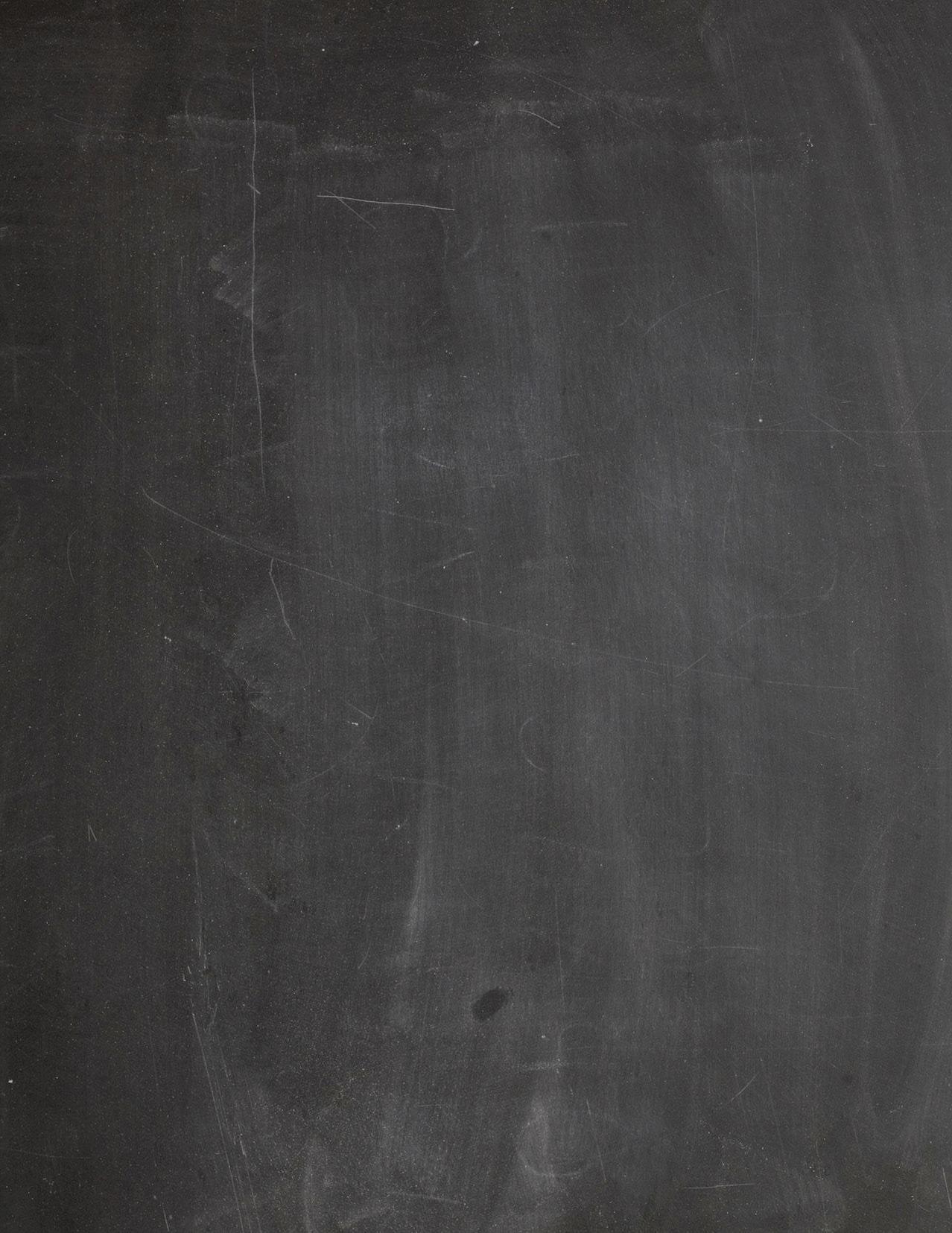
2 minute read
The writing on the wall: Communication professor’s analysis shows handwritten notes mean better grades
For best results in your college classes, leave your laptop closed.
Overall, better grades are correlated with taking class notes by hand, according to a new paper by communication professor Mike Allen. His research analyzed the results of several studies that compared college student performance when they took notes by hand versus typing them up on a laptop or cell phone.
Consistently, the writing was on the wall: Handwritten notes translate to better test scores and grades.
“Probably, you’re looking at a GPA difference across the course-load of somewhere around maybe .33, .34. The research indicates that it is a big grade difference,” Allen said.
Allen’s paper is a meta-analysis of 14 existing studies on the effectiveness of students handwriting versus typing their notes in class. A meta-analysis statistically summarizes the results of several experiments to find consistent averages across the range of data sets. This method helps eliminate false positives or negatives that might be found in an individual study.
And, the mathematics give a solid number to show overall how much better students fare when they favor a pen over a keyboard.
“There’s about a 25 percent increase in the number of people scoring past the mean when they use handwritten as opposed to electronic notes,” Allen said.
Why does handwriting make such a difference? It all comes down to neuropsychology. Typing carries a higher “cognitive load” than writing, so the act itself requires more concentration. That might mean that students are paying more attention to typing itself compared to the content that they’re typing.

Mike Allen
Not to mention, said Allen, that computers and cell phones add another host of distractions. It’s much harder to browse the internet or check your email during class when you’re writing in a spiral-bound notebook than when you’re typing on your notebook computer.
There is a caveat, he warned.
“The argument has been, by some, that if we were to redesign our courses so that, for example, students were going to a website and working in class on a website, then perhaps the impact would not be so severe – if you can diminish distractions,” Allen said.
While it has long been a debate in individual classrooms, Allen hopes that his results will help educators and students create rules about electronic devices during class time.
“There’s a lot of stuff in education where the science indicates that there are improvements we could do, but it’s a question of whether or not people are interested in following those,” he added. Allen allows his teaching assistants to decide if they will permit cell phones and laptops in the classroom, and he’s observed that notetaking methods vary a lot at UWM, based on students’ preferences.
All of that could be put to the test this semester. As the COVID-19 pandemic has forced the vast majority of college classes online, including at UWM, students will be forced to rely on their computers and other electronic devices more than ever.
“It depends on the nature of the course delivery,” Allen said. “If the course delivery is synchronous (students watch online as their instructor teaches) and they’re taking notes by hand, of course they don’t have that issue. If they’re taking notes by electronic device, then it could be an issue.” So, for better grades this semester, students should resist the urge to type – even if their classroom is on a computer screen.
By Sarah Vickery, College of Letters & Science






